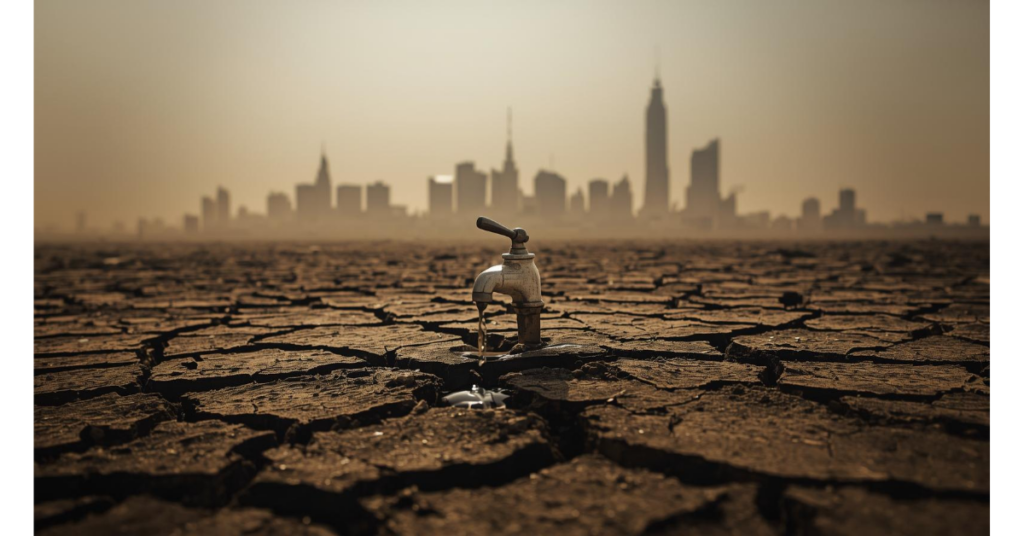
From Dry Taps to Protest Marches: What the Johannesburg Water Crisis Teaches Us
In Johannesburg, South Africa, residents have recently taken to the streets over something most of us take for granted: running water. For weeks, taps in many neighborhoods ran dry, forcing people to line up at water trucks, buy bottled water they could barely afford, or go without altogether. The frustration boiled over into protest marches, with communities demanding that the government fix broken systems and restore a basic human need.
This is not just a local issue. It’s a warning for the rest of the world. Water crises like Johannesburg’s are becoming more frequent as aging infrastructure, climate change, population growth, and mismanagement strain supplies everywhere – from California to India.
The Lessons Behind the Crisis
- Infrastructure alone isn’t enough
Johannesburg’s water outages weren’t due to a lack of rainfall alone. Failing pumps, burst pipes, and poor maintenance turned a stressed system into a breaking one. Around the globe, billions of dollars are spent on pipelines, reservoirs, and treatment plants, but without sustainable water sources, infrastructure is only as reliable as the supply feeding it. - Shallow water isn’t always secure
When communities rely primarily on surface water or shallow aquifers, they are vulnerable to droughts, evaporation, and contamination. As cities grow and agriculture demands rise, those sources often can’t keep up. - Water insecurity leads to social instability
When taps run dry, it’s not just about hydration—it’s about livelihoods, sanitation, healthcare, and dignity. Johannesburg is a reminder that water shortages quickly escalate into social unrest, making water security not just an environmental concern but a matter of public safety and national stability.
A Path Forward: Looking Deeper
While the immediate fixes in Johannesburg involve infrastructure repairs and better management, the longer-term solution requires something more fundamental: securing reliable sources of water that don’t vanish with the next drought.
That’s where advanced exploration of Deep Seated Water Technology™ comes in. Unlike shallow water supplies, deep aquifers can provide a more stable, resilient source of freshwater – if you know where to find them.
AquaterreX uses advanced satellite imagery, geophysical modeling, patented instrumentation and proprietary analytics to locate groundwater that often lies untapped beneath stressed regions. By integrating this with local hydrology and infrastructure planning, communities can:
- Reduce dependence on rainfall and shallow sources
- Create redundancy in their water systems
- Prevent the social and economic shocks of running dry
Why It Matters Now
Johannesburg’s water crisis may feel far away, but it mirrors challenges cropping up worldwide. From the American Southwest’s megadrought to India’s groundwater depletion, the story is the same: surface and shallow water are no longer enough. Communities need to diversify their water portfolios and plan for resilience.
At AquaterreX, we believe the Johannesburg crisis underscores a truth the world can no longer ignore: water security depends on looking deeper.
Call to Action:
If your community, farm, or municipality faces water uncertainty, don’t wait for empty taps to force your hand. Learn more about how Deep Seated Water can be part of a long-term solution. Contact AquaterreX today »
Sources: https://en.wikipedia.org/wiki/Johannesburg_Emergency_Water_Supply